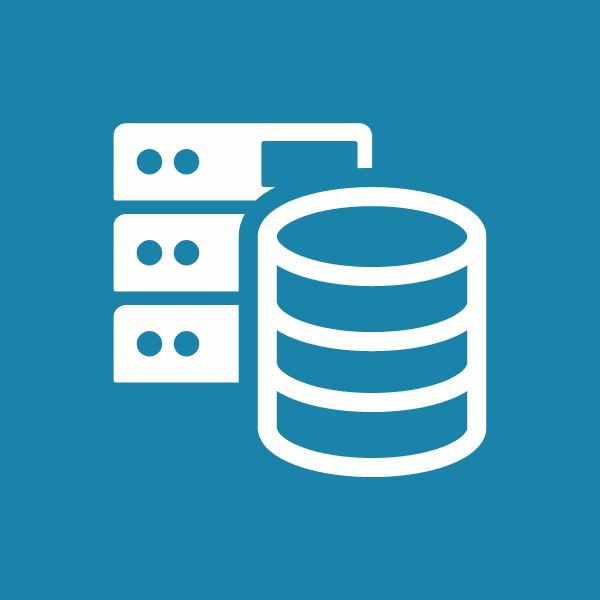Setting up MongoDB locally in a Next.js project [Mac]

We will see how to install MongoDB locally and add the MONGODB_URI to a Next.js project on a Mac. It is important to have your Next.js project already created.
Raul Cano on August 25, 2024Mac M2 Sonoma | Next.js 14.2.6 | MongoDB 7.0
1. Install MongoDB with Homebrew
brew tap mongodb/brew
brew install mongodb-community@7.0
2. Start MongoDB service
brew services start mongodb-community@7.0
3. Check MongoDB service status
brew services list
Here you should have a table like this with the status started:
Name Status User File
mongodb-community started user ~/Library/[...]/mongodb-community
4. Connect to MongoDB
mongosh
Now you can see the MongoDB shell prompt:
Current Mongosh Log ID: 1234567890
Connecting to: mongodb://
Using MongoDB: 7.0.0
4.1. Show databases
show dbs
By default you should see some databases like admin, config, local, test.
Mongo places your data in the test (test>) database by default. If you want to create a new database, you can do it with the use command + the name of the database.
5. Create a new collection
We are going to test the connection in the terminal with a new collection called myNewCollection.
db.createCollection('myNewCollection')
6. Insert a new document
db.myNewCollection.insertOne({ name: 'Raul', age: 30 })
7. Query all documents
db.myNewCollection.find()
Note: Keep this in mind before going to the next step
- You can have multiple databases in MongoDB.
- Each database can have multiple collections.
- Each collection can have multiple documents.
The structure is like this:
Database
Collection
Document
The Database is the top-level container for our data. It is the container for collections. The Collection is a group of documents. The Document is a set of key-value pairs that you might be manipulating them with mongoose in your Next.js project.
In the terminal when you run mongosh normally you are in the test database, thats why you see the test> prompt. So then all the commands you run are in the test database.
So when you run test> db.myNewCollection.find() you are querying the myNewCollection collection in the test database.
8. Add the MongoDB URI to Next.js .env.local file
Ok so now we have MongoDB installed and running on our Mac. We need to add the MongoDB URI to our Next.js project.
mongosh
You will see the MongoDB shell prompt of the step 4. copy the “Connecting to” value.
Connecting to: mongodb://127.0.0.1:27017/...
Go to Next.js and paste it in your .env.local file in your Next.js project.
MONGODB_URI=mongodb://127.0.0.1:27017/...
9. Test the connection
You can forget the previous collection we created in the terminal.
Run your Next.js project with npm run dev and test the connection with MongoDB, you first need to submit a form or make a request to the database, like registering a new user.
Then in the terminal:
mongosh
Ensure you are in the correct database and collection in our case test and users:
use test
Now check the database and collection users:
db.users.find().pretty()
Here we are inside the DB test and the collection users. You should see the new user you just registered.
Make sure you are in the correct database and collection otherwise you will not see the new user.
How to Stop MongoDB service
(Do not forget to stop the service when you are done)
brew services stop mongodb-community@7.0
Reestart MongoDB service:
brew services restart mongodb-community@7.0